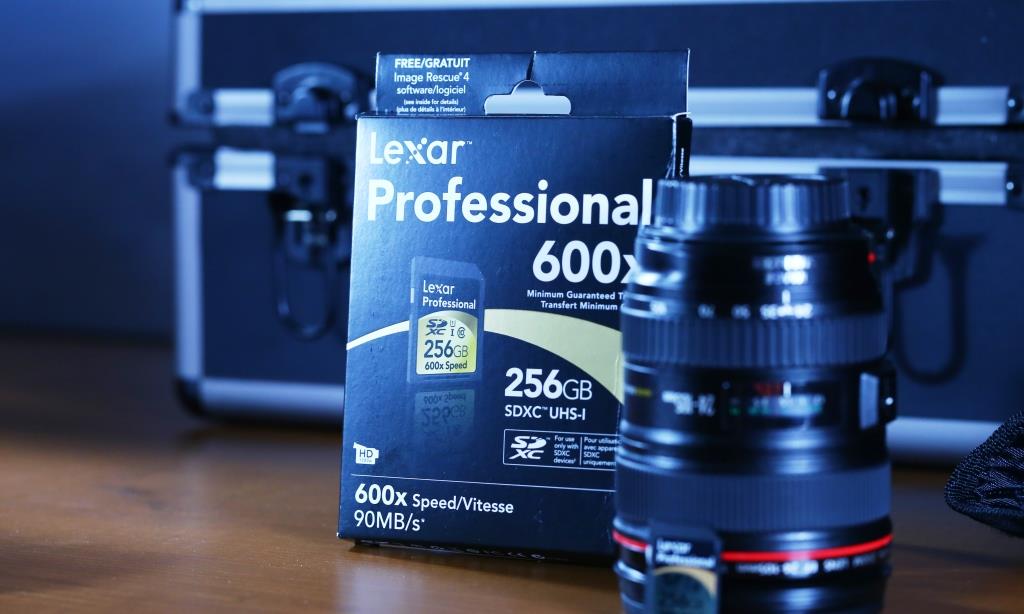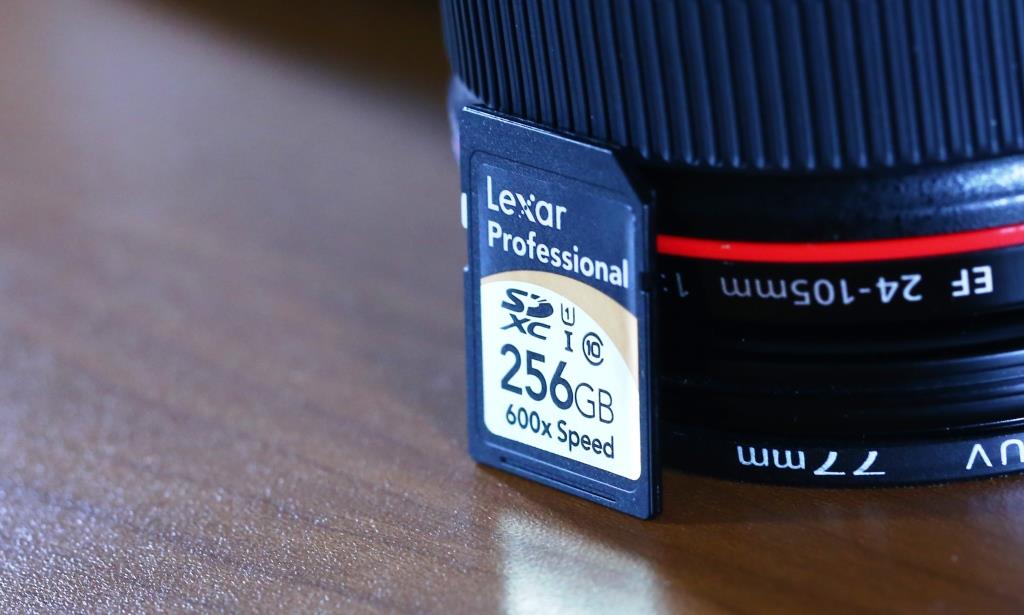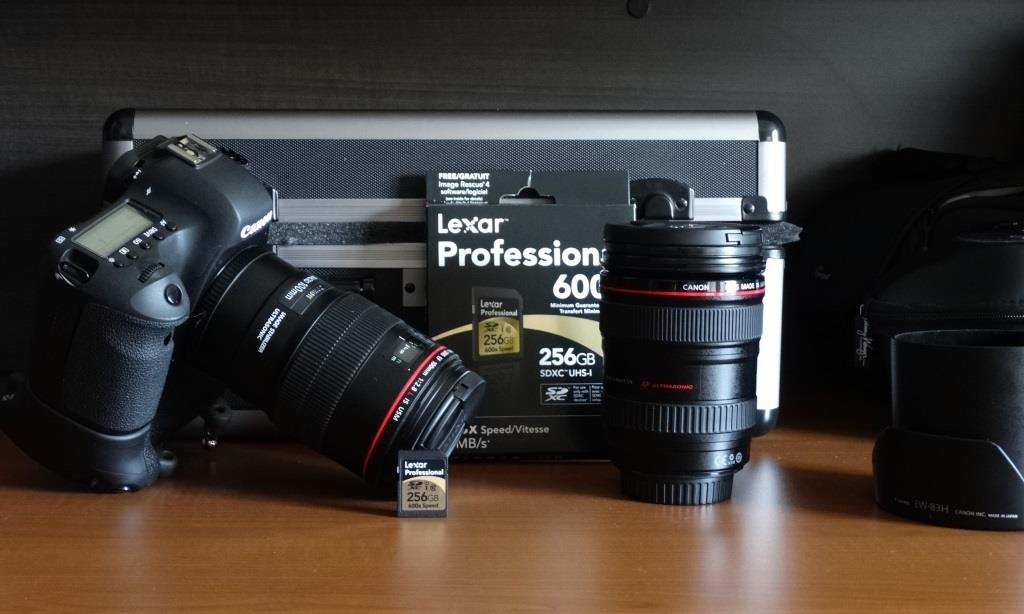One of the key components of a media professionals toolkit has to be the SD card and, with that, comes the need for performance and desire for capacity. This need isn’t solely that of the media pro’s, however, as newer camera systems are including the ability to take pictures above 40 megapixels in size, as well as HD video unrivaled by that of yesterday’s digital cameras. I learned this first hand last weekend, on a motorcycle venture that included a wedding in West Virginia where, for the first time, my 64GB SD card screamed that space was getting a bit tight to breath. Here are two shots of yours truly and the better half as she rode by. Even I think it’s nice to put a face to the author every now and then.

 Now imagine the storage required in getting just the right shot of about 40 other bikes as the passed and relying on continuous shots and tracking for each. Compound this with five separate shooting locations, along with video, and the day adds up to thousands of shots and video which just doesn’t do it for a 64GB card. As advanced shooting such as high dynamic range (HDR) shots and continuous shooting place such a demand on SD card performance, the need for speed and capacity has never been greater.
Now imagine the storage required in getting just the right shot of about 40 other bikes as the passed and relying on continuous shots and tracking for each. Compound this with five separate shooting locations, along with video, and the day adds up to thousands of shots and video which just doesn’t do it for a 64GB card. As advanced shooting such as high dynamic range (HDR) shots and continuous shooting place such a demand on SD card performance, the need for speed and capacity has never been greater.
It seems Lexar is the only to have a solution to our problem and it didn’t take long to get on the horn early this week and get a new Lexar Professional 600x SDXC UHS-1 256GB card for review. Quite frankly, I was floored when I found out that a 256GB card was available in SD size. For those new to the game (as I was NOT so long ago), SDXC means secure digital extended capacity and is a step up from SDHC (high capacity). It’s capacity starts at 32GB and roadmaps display future capacities of up to 2TB. UHS-1 (ultra high speed) defines the speed and the ‘1’ specifically means that write performance of 10MB/s must be met for recording streaming video performance. U1 is the same speed as Class 10.
The Lexar Professional 600x SDXC UHS-1 Card is available in capacities of 64, 128 and 256GB, the latter being an industry first for this form factor. Performance is listed at sustained 90MB/s read (hence the 600x) and we can give you a heads up that it also pushes a healthy 45MB/s write performance. The card includes a $45 full version copy of Lexar Image Rescue 4 software which will recover deleted and corrupt files from the card and, remarkably, this card comes with a limited lifetime warranty. A quick check of Amazon shows pricing at $113.95 (64GB), $216.95 (128GB) and $494.99 for the 256GB capacity we are reviewing today. Also seen in that link are the 16 and 32GB SDHC capacities which have identical performance.
ABOUT SDXC AND PERFORMANCE
Important to note is the fact that there are still several cameras that do not support SDXC and must use SDHC; we recommend confirming that your media device will work with an SDXC card before purchase. Performance, however, is by no means limited to media transfer speed between different devices. Using a SDXC UHS-1 card such as the Lexar 600x is very evident in real time where storage of files during continuous picture shoots, HDR and multiple exposure shots is visibly quicker than lesser performing cards If you are familiar with that red light on the back of your camera while it finishes it’s job, this is where the Lexar shines.
As for my gear, I am using a Canon EOS 6D with their Canon EF 24-105mm F4L IS USM lens
along with a Canon EF 100mm F2.8L IS USM Macro lens
. I will tell you why I chose this system but beware, it might sway you from anything else. I do alot of intricate electronics shots which I needed a better system for. With this camera, I am able to set it up on a tripod with the macro lens for those SSD PCB shots, all the while wirelessly tethering to my IPAD through Canon’s Ipad APP. From there, I have complete control of the camera and see everything, as you would in the view finder, much larger on the IPAD. Actually, there is more control at my fingertips without fear of interrupting the camera. I can also tether directly to my PC, via wifi, for examination, download and manipulation of all media.
 Technology X Tomorrow's Technology Today!
Technology X Tomorrow's Technology Today!



